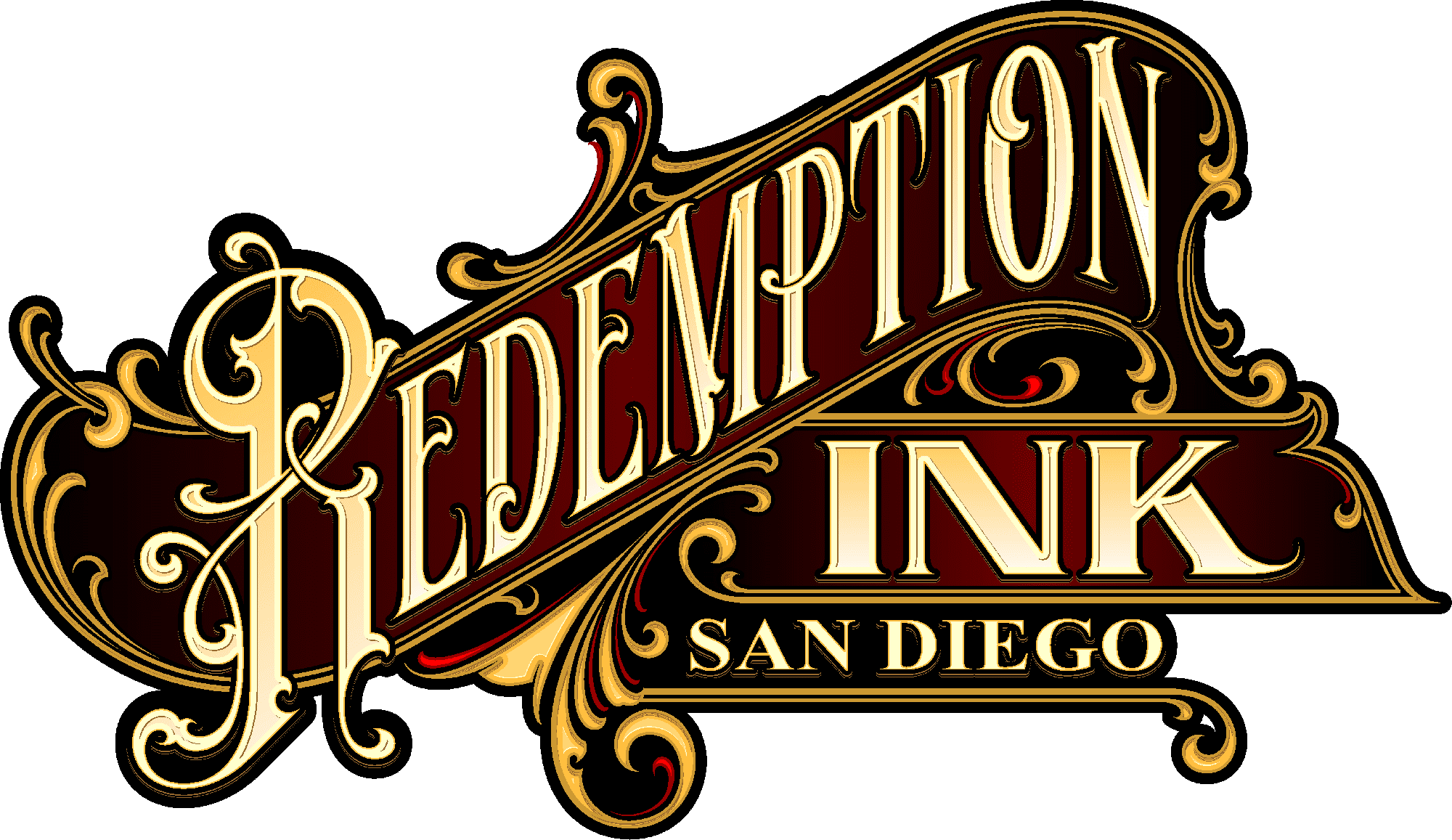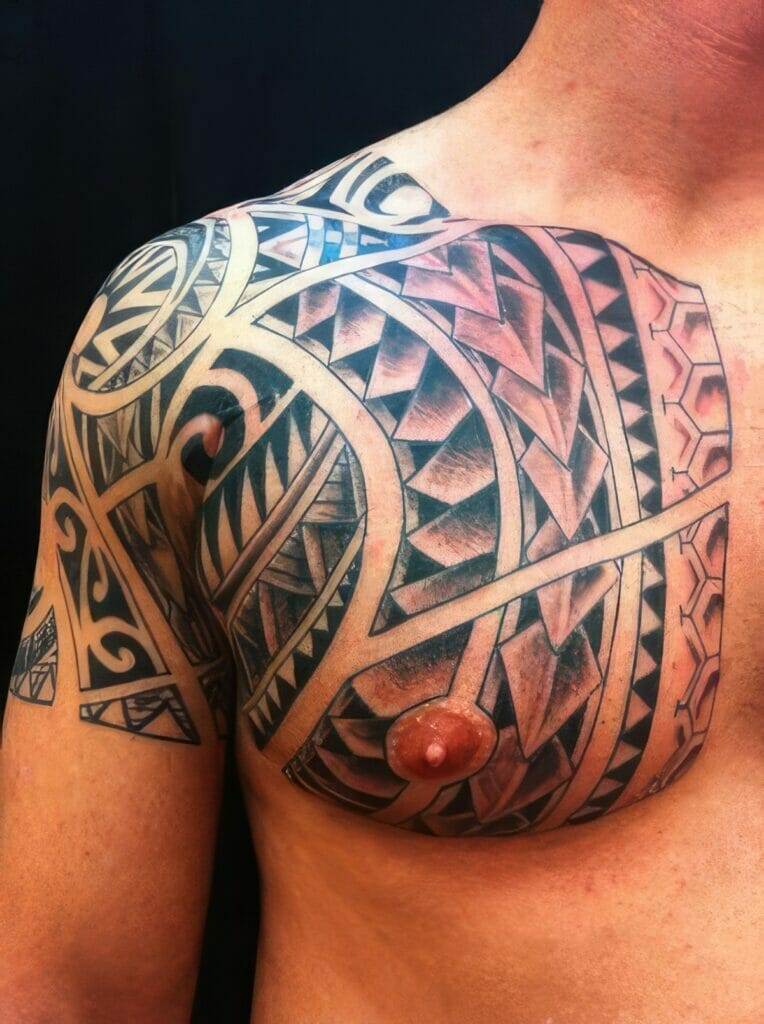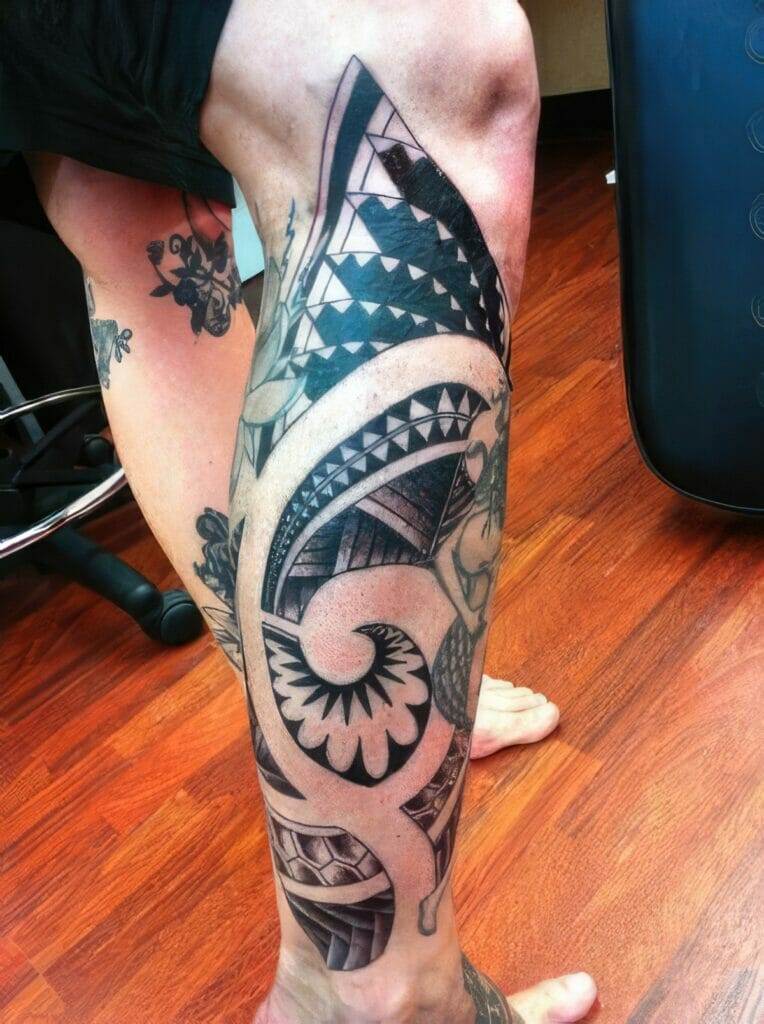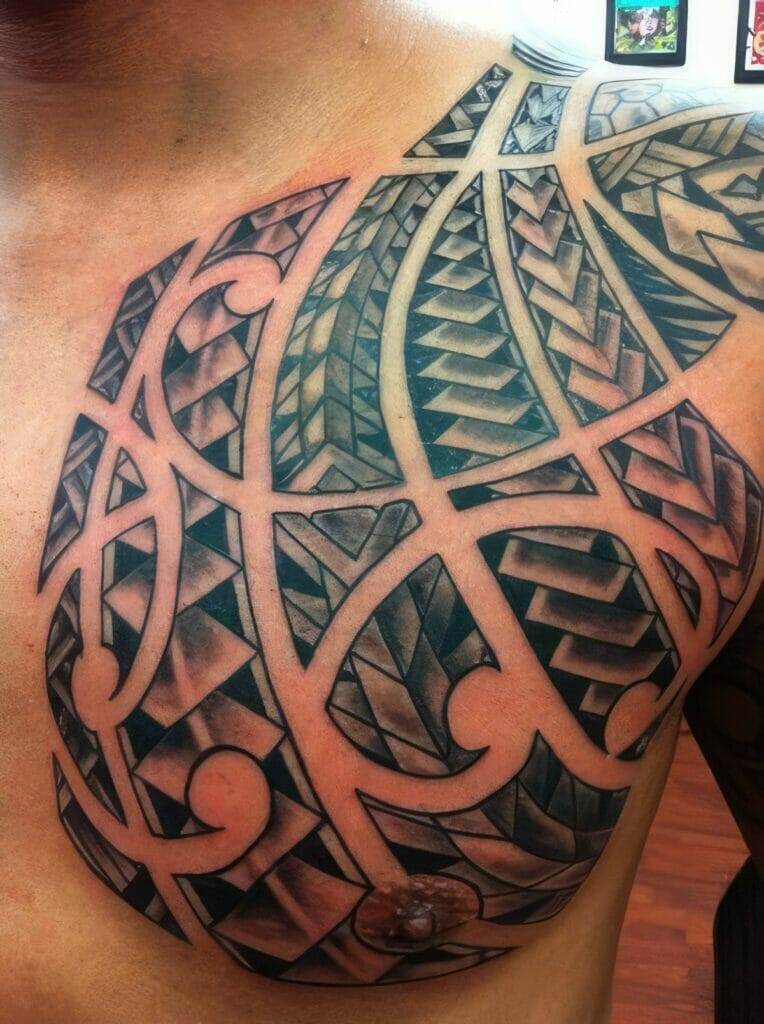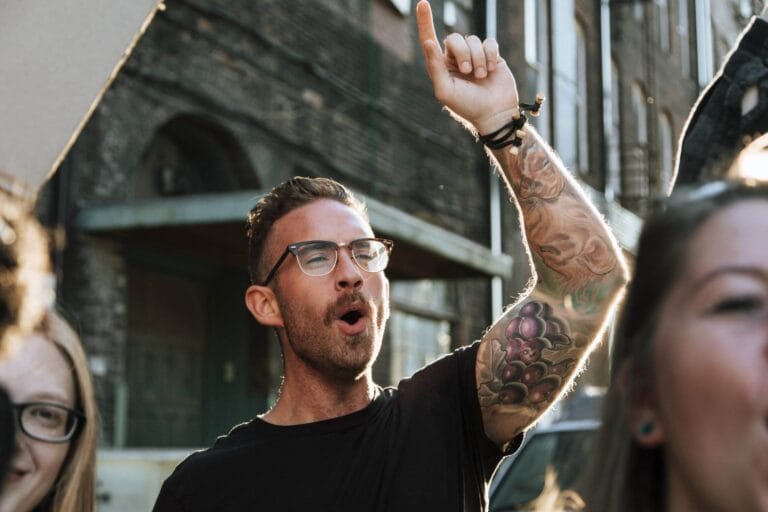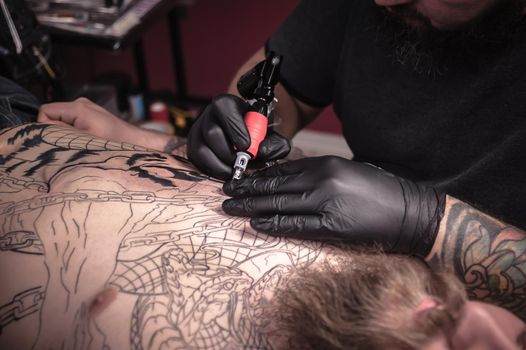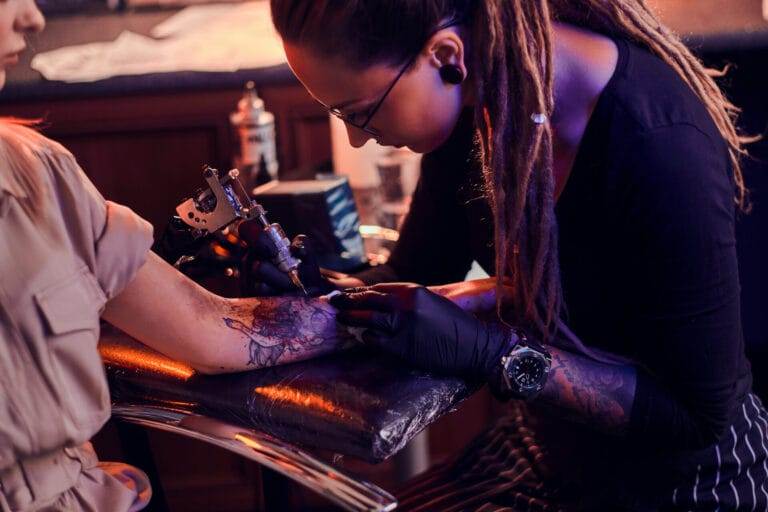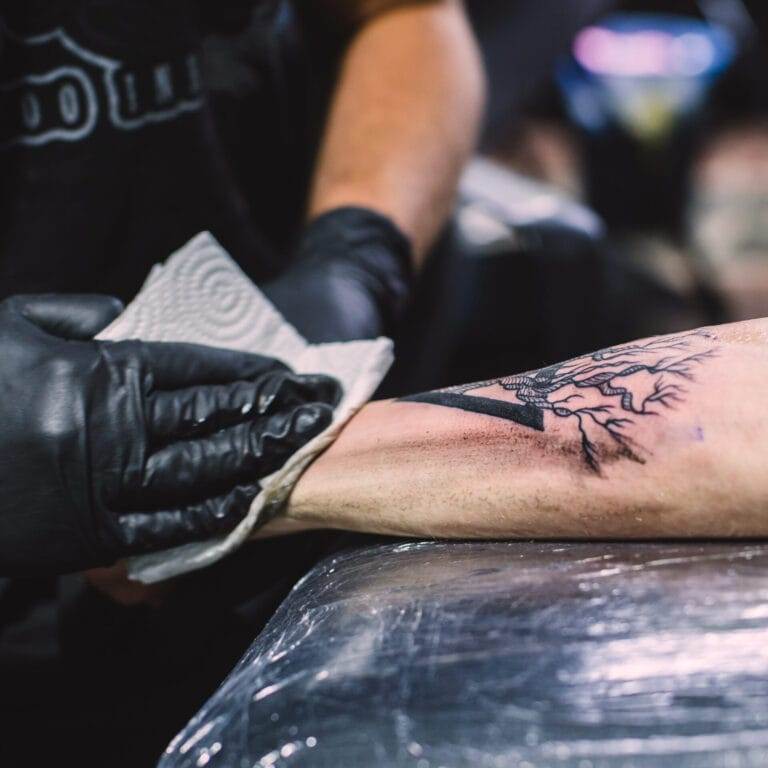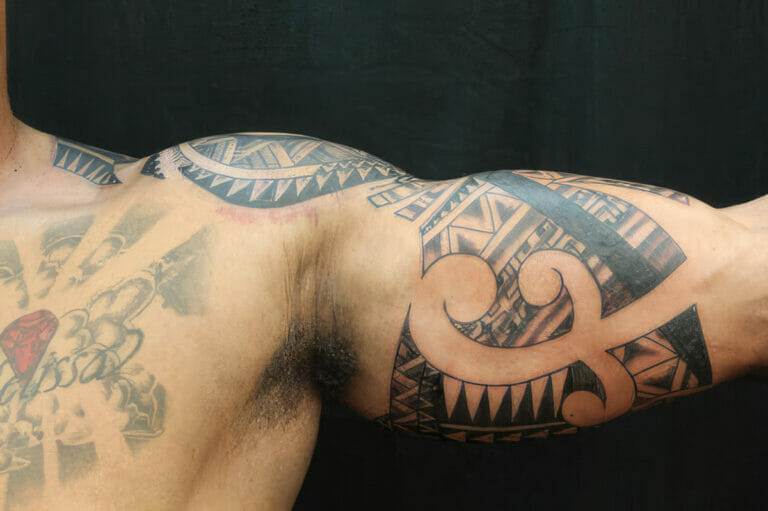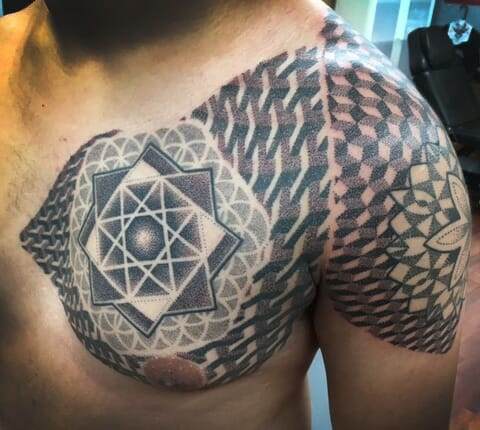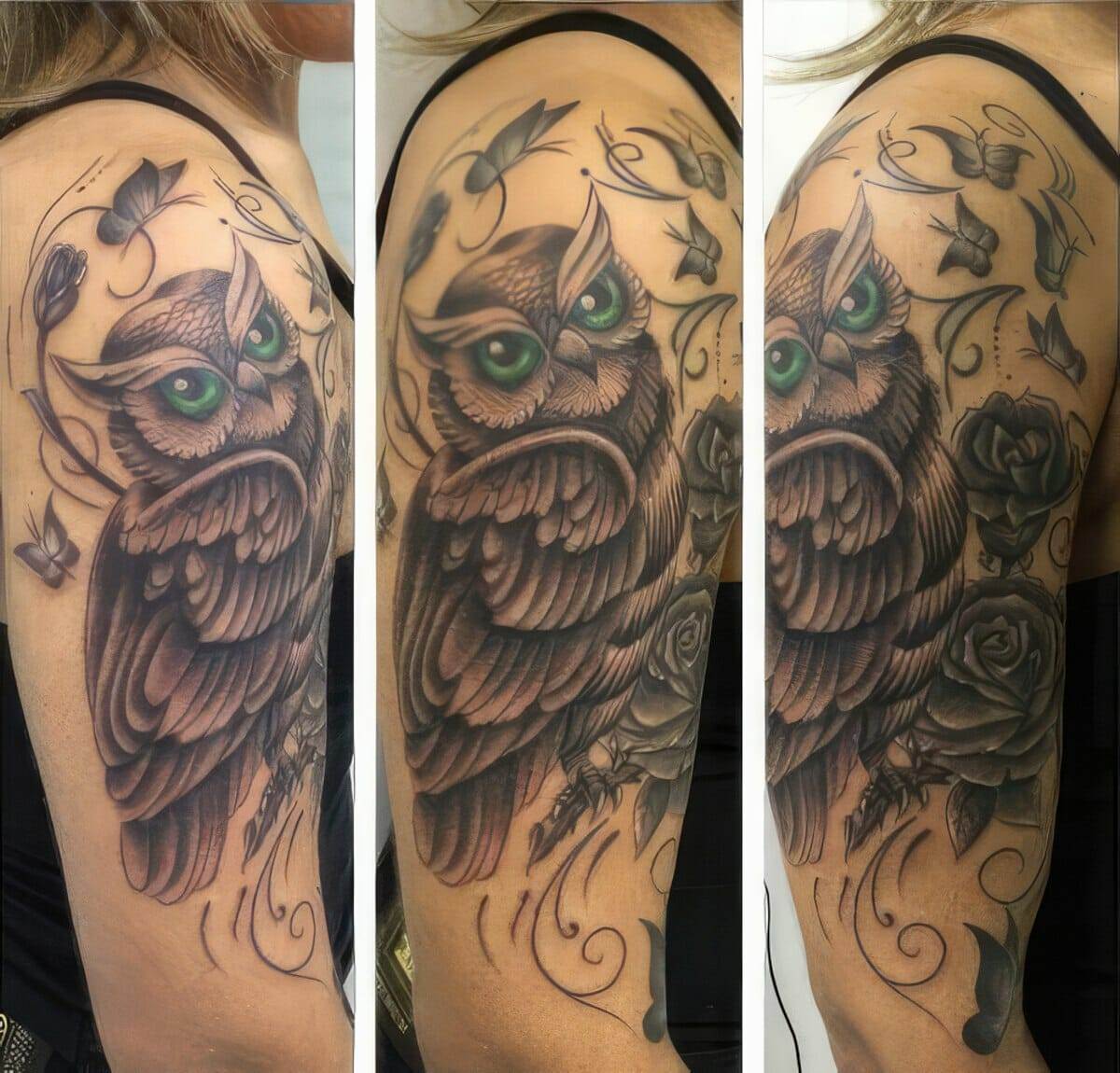
Traditional tattooing is an ancient art form that has been practiced by various cultures around the world for centuries. It involves using needles and ink to create permanent designs on the skin. In recent years, traditional tattooing has experienced a resurgence in popularity, with many people seeking out skilled artists to create unique and meaningful tattoos. This blog post will explore the history, evolution, and significance of traditional tattoo art, as well as the challenges and future of this timeless art form.
The History of Traditional Tattoo Art
The origins of traditional tattooing can be traced back to different cultures throughout history. In ancient Egypt, tattoos were used as a form of identification and were often placed on slaves and criminals. In Polynesia, tattoos were seen as a rite of passage and were used to symbolize status, rank, and achievements. In Japan, tattoos were associated with the criminal underworld but eventually became popular among the working class.
Tattoos have held significant cultural and social importance in various societies throughout history. They have been used to mark important life events, such as marriage or childbirth, and to honor ancestors or deities. Tattoos have also been used as a form of protection or to ward off evil spirits. In some cultures, tattoos were seen as a sign of bravery or courage.
The Evolution of Traditional Tattoo Art
Traditional tattooing techniques have evolved over time, influenced by advancements in technology and changes in societal attitudes towards tattoos. In the past, tattoos were created using primitive tools such as bone or wood needles and natural pigments. Today, modern tattoo machines are used, which allow for more precise and intricate designs.
The introduction of modern technology has also had an impact on traditional tattooing. With the advent of digital design software and tattoo machines, artists are able to create more complex designs and experiment with different styles. However, there is still a demand for traditional tattooing techniques, as many people appreciate the authenticity and craftsmanship of hand-poked tattoos.
The Significance of Traditional Tattoo Symbols
Traditional tattoos often feature symbols that hold deep personal or cultural significance. These symbols can represent a person’s beliefs, values, or experiences. For example, a lotus flower tattoo may symbolize purity and enlightenment in Buddhist culture, while a compass tattoo may represent a sense of direction and guidance.
It is important to choose symbols that hold personal meaning and resonate with the individual getting the tattoo. Tattoos are permanent, so it is crucial to select designs that will continue to hold significance throughout one’s life. Additionally, it is important to research the cultural significance of certain symbols to ensure that they are not being appropriated or misused.
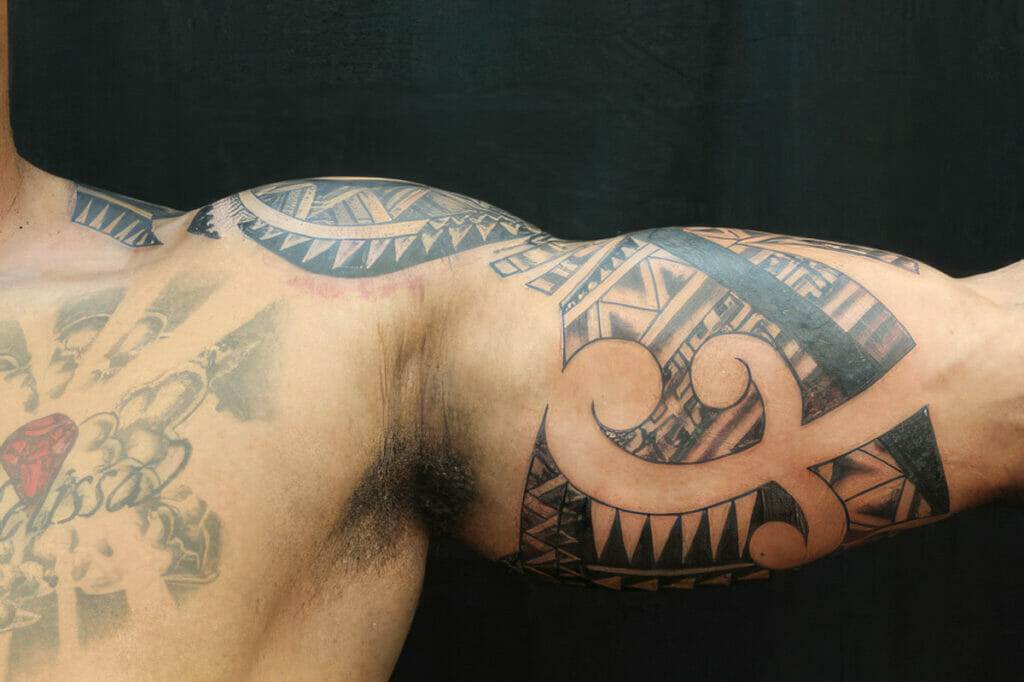
The Techniques Used in Traditional Tattooing
Traditional tattooing techniques can vary depending on the culture and artist. Hand-poking, also known as stick-and-poke, is one of the oldest methods of tattooing. It involves using a needle attached to a stick or bone to manually puncture the skin and deposit ink. This technique requires precision and skill, as the artist must control the depth and angle of each poke.
Machine tattooing, on the other hand, involves using an electric tattoo machine to create the design. This method allows for faster and more precise work, but it requires a different set of skills and techniques. Both hand-poking and machine tattooing can produce beautiful and long-lasting tattoos when done by skilled artists.
The Cultural Significance of Traditional Tattoos
Traditional tattoos hold significant cultural meaning in various societies around the world. In many indigenous cultures, tattoos are seen as a way to connect with one’s ancestors and preserve cultural traditions. They can also serve as a form of identity and belonging within a community.
It is important to approach traditional tattoos with respect and understanding of their cultural significance. Appropriating or misusing traditional symbols can be offensive and disrespectful. When getting a traditional tattoo, it is important to educate oneself about the cultural context and meaning behind the design.
The Role of Traditional Tattoos in Modern Society
In recent years, traditional tattoos have gained popularity among people from all walks of life. Many individuals are drawn to the timeless beauty and authenticity of traditional tattoo art. Traditional tattoos are often characterized by bold lines, vibrant colors, and intricate designs, which can make a powerful statement.
Traditional tattoos have also become a form of self-expression and personal storytelling. People choose designs that reflect their values, beliefs, or life experiences. Traditional tattoos can serve as a reminder of personal growth, resilience, or important milestones in one’s life.
The Challenges of Preserving Traditional Tattoo Art
Preserving traditional tattoo art can be challenging due to various factors. One challenge is the decline in traditional tattoo artists who possess the knowledge and skills required for this art form. As modern tattooing techniques become more popular, traditional techniques are at risk of being lost.
Another challenge is the lack of recognition and support for traditional tattoo artists. Many traditional tattoo artists struggle to make a living from their craft due to limited opportunities and a lack of appreciation for their work. Supporting traditional tattoo artists and preserving their techniques is crucial for the continued existence of this art form.
The Future of Traditional Tattooing
The future of traditional tattooing is uncertain, but there are possibilities for its evolution and growth. As more people become interested in traditional tattoos, there may be a resurgence in traditional tattooing techniques and styles. Artists may continue to experiment with new designs and incorporate elements from different cultures.
Advancements in technology may also play a role in the future of traditional tattooing. For example, 3D printing technology could be used to create custom tattoo machines or tools. Digital design software may also continue to evolve, allowing artists to create more intricate and detailed designs.
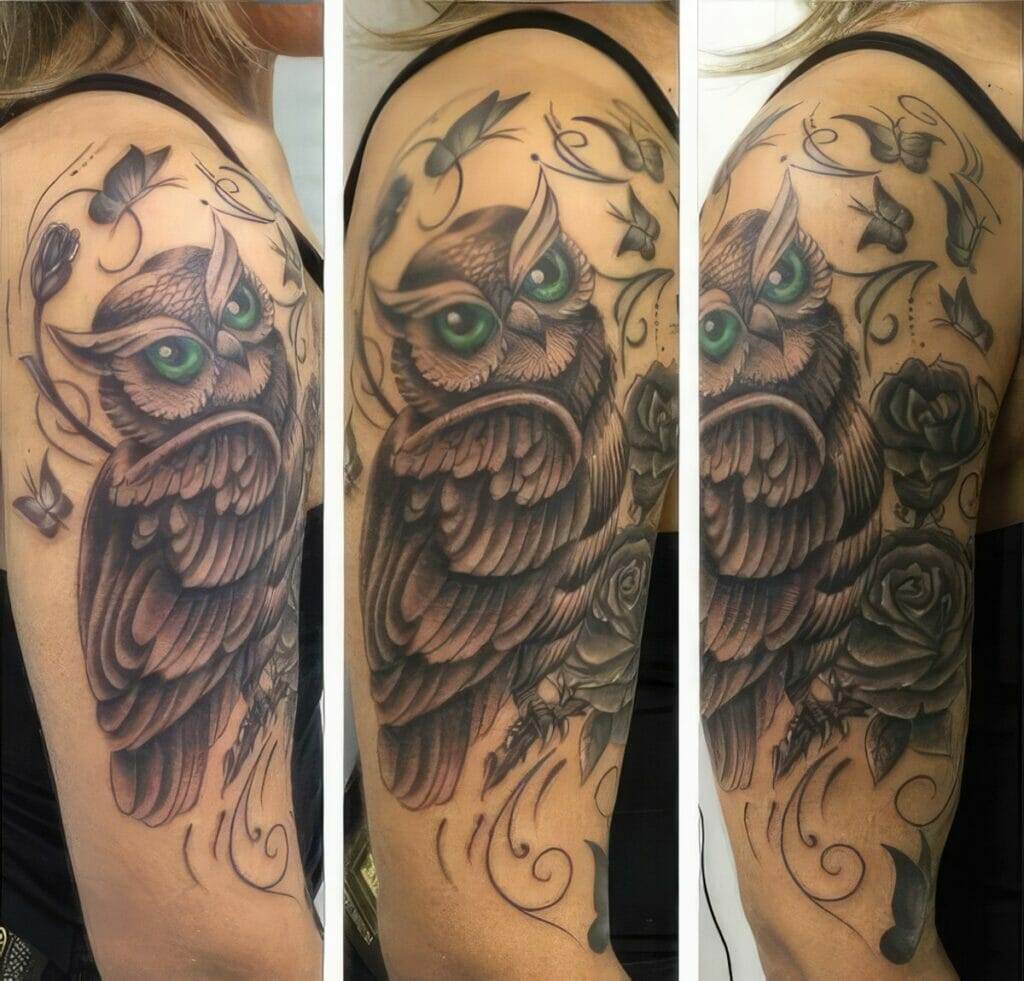
The Enduring Beauty of Traditional Tattoo Art
Traditional tattoo art is a timeless and enduring form of self-expression. It has been practiced by various cultures throughout history and continues to hold cultural and personal significance today. Traditional tattoos are characterized by their bold lines, vibrant colors, and intricate designs, which make them visually striking and powerful.
Preserving traditional tattoo art is crucial for the continued existence of this art form. Supporting traditional tattoo artists and educating oneself about the cultural significance of traditional tattoos are important steps towards preserving this ancient art form. Traditional tattoos have the power to tell stories, honor traditions, and connect individuals to their past and present.
